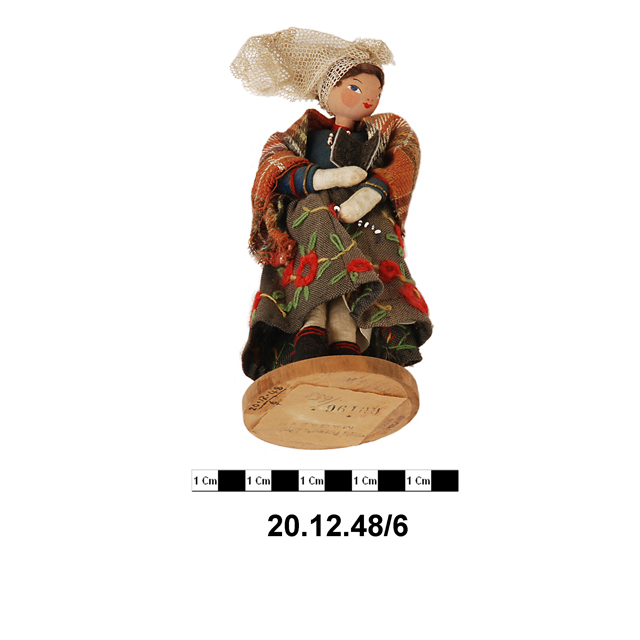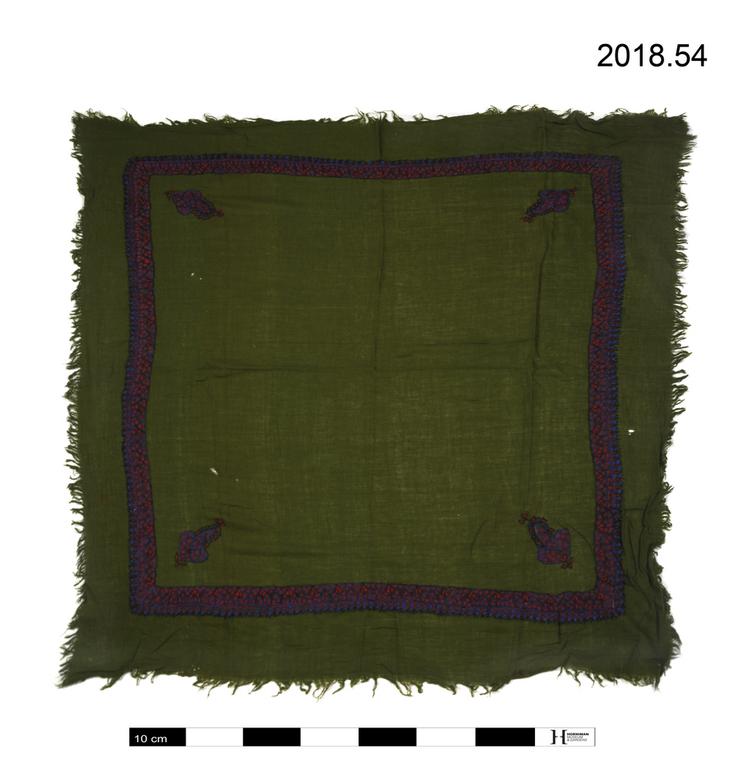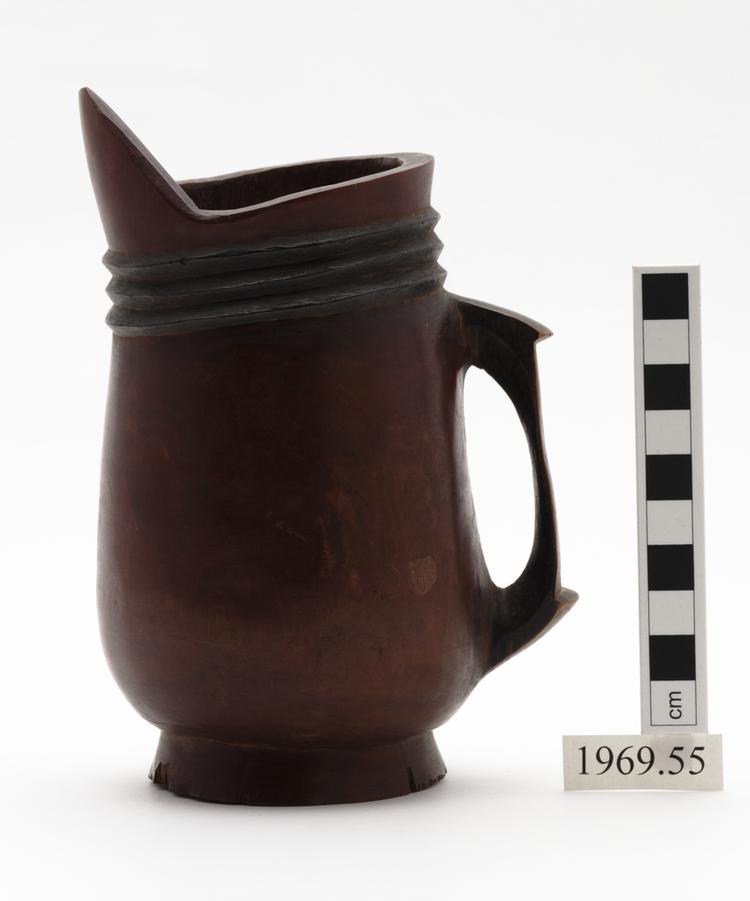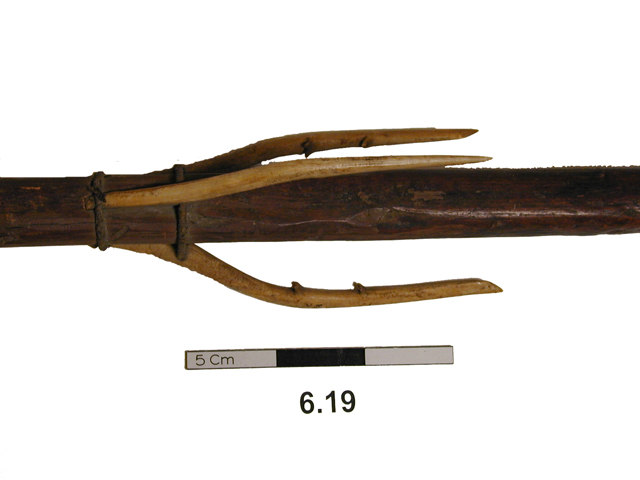Hafted stone chisel
Chisel, Fao, Society Islands, Central Polynesia. For finer woodworking than it was possible to achieve with the small adze (toki), the Society Islands woodcarver employed a similar end-hafted chisel (fao) to that used in other Polynesian groups. Some of these chisels were designed to be struck with a small mallet, and had a conical haft (poro) that broadened towards the butt. This remarkable example, however, has a haft uniquely designed only for the hand, formed into an upper shape for gripping the tool securely, with a lower spur that allowed the carver the alter the direction of force applied to the blade as he worked. Much like a Western ‘scraper’ chisel, this tool was intended for removing thin shavings from the outside of convex curved surfaces. After heavy trade with Westerners began in the mid-18th Century, many carvers on Tahiti and the smaller Society Islands began to use fao that were made from imported iron nails, and so larger stone-bladed chisels like this quickly became very rare. It is now very uncommon to see an example where blade and handle are still together as they once were. Basalt stone, hardwood. Early 19th Century. Formerly in the private collection of Mr. William Oldman.






